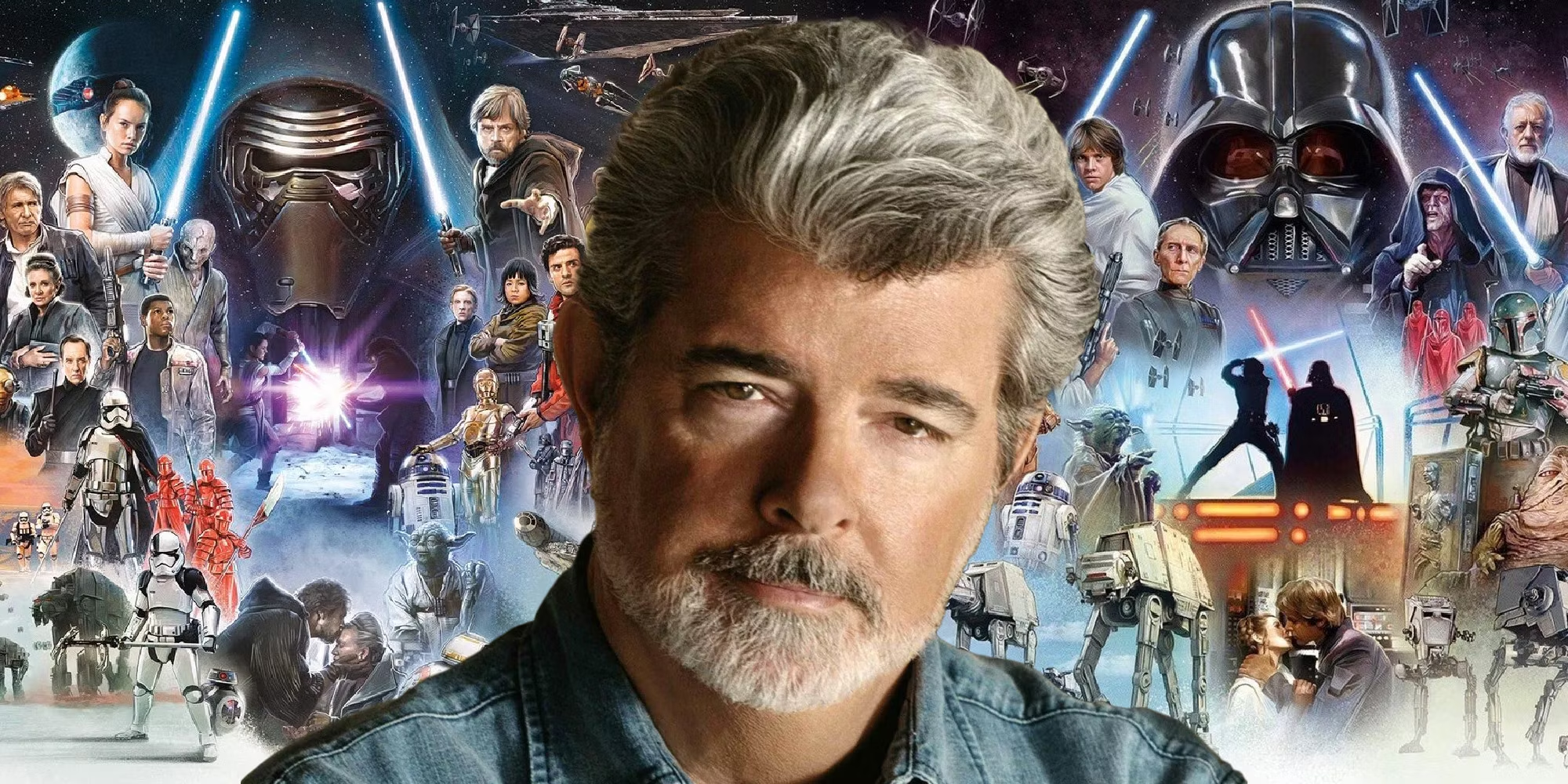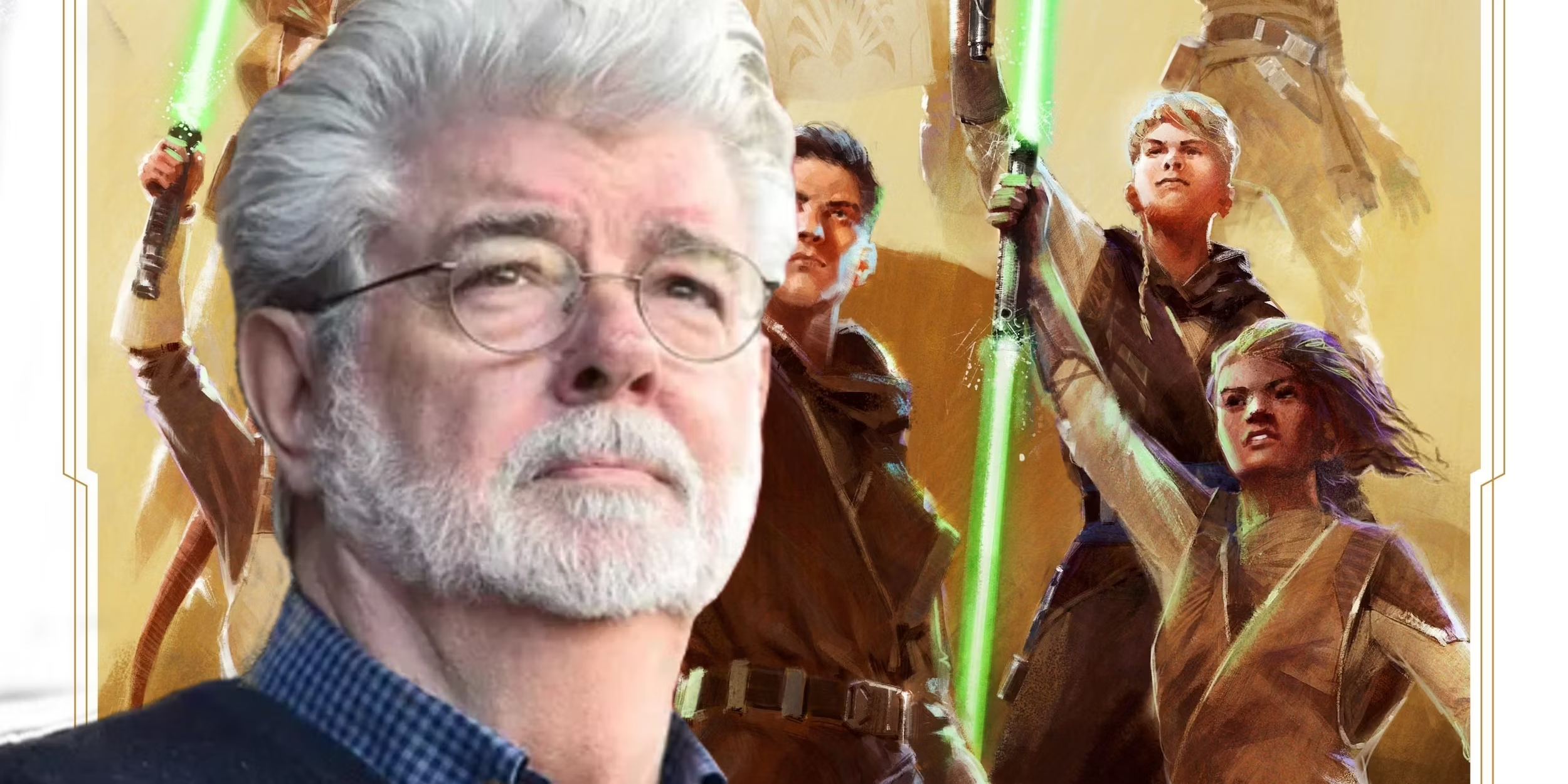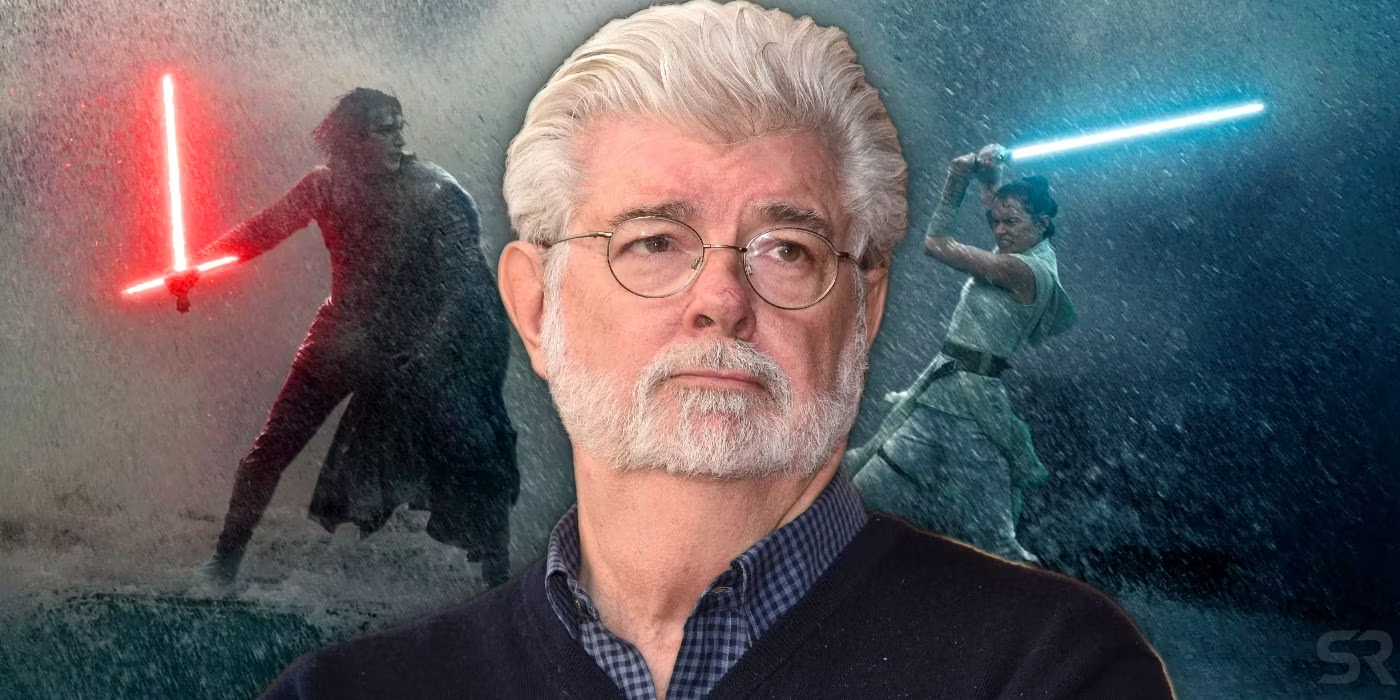When George Lucas introduced the world to Star Wars in 1977, he didn’t just release a movie; he launched a cultural phenomenon that continues to captivate audiences globally. Known for its revolutionary visual effects and epic storytelling, Star Wars set a new benchmark for the science fiction genre. Lucas, a filmmaker and visionary, transformed not only film but also the entire landscape of pop culture. Yet, despite his monumental success, not all of Lucas’ creative endeavors have been met with applause.
The release of the prequel trilogy at the turn of the millennium marked a divisive period in Lucas’ career. These films, particularly focusing on Anakin Skywalker’s descent into Darth Vader, faced mixed reviews, largely due to their narrative choices and reliance on CGI. Actors like Ahmed Best and Hayden Christensen bore the brunt of fan displeasure, highlighting the passionate and sometimes harsh feedback from the community.

A Dive into the Unseen: Lucas’ Unmade Sequel Plans
Amidst the polarizing reception of the prequel trilogy, Lucas had conceived an even more radical direction for the Star Wars sequels, which he later sold along with his company to Disney. These unmade sequels, as Lucas discussed in a companion book for James Cameron’s Story of Science Fiction series, would have explored a microbiotic world—a stark departure from anything previously seen in the Star Wars saga.
The next three Star Wars films were going to get into a microbiotic world. But there’s this world of creatures that operate differently than we do. I call them the Whills. And the Whills are the ones who actually control the universe. They feed off the Force.
This concept links back to the midi-chlorians, microscopic entities within the Star Wars lore that explain the Force. The Whills, an even deeper dive into the science fiction elements of the Force, would have likely challenged the mystical and more ambiguous nature that fans cherished.

Fan Reactions and the Legacy of Controversy
Lucas’ hypothetical sequels, much like the midi-chlorian introduction, might have sparked significant backlash, reminiscent of the criticisms faced by the prequel trilogy. Lucasfilm, under Disney’s stewardship, has largely steered clear of such contentious lore, focusing instead on expanding the universe through more universally appealing narratives in films and series.
If I’d held onto the company I could have done it, and then it would have been done. Of course, a lot of the fans would have hated it, just like they did Phantom Menace and everything, but at least the whole story from beginning to end would be told.
His acknowledgment of potential fan dissatisfaction underscores the persistent tension between creator vision and audience expectation.

The Continuing Evolution of Star Wars
While the microbiotic concept remains unexplored in film, it signifies the vast, untapped potential of the Star Wars universe—ideas that might one day be revisited or reimagined. The franchise continues to evolve, with new directors and storytellers at the helm, each adding layers to the ever-expanding mythos that Lucas began over four decades ago. Whether or not the Whills will make an appearance in future Star Wars narratives remains to be seen, but one thing remains clear: the universe is far from finished unfolding.
George Lucas’ creative risks, whether fully realized or not, continue to ignite discussions, proving that Star Wars is not just a series of films but a dynamic narrative landscape, ever ripe for exploration and debate.

